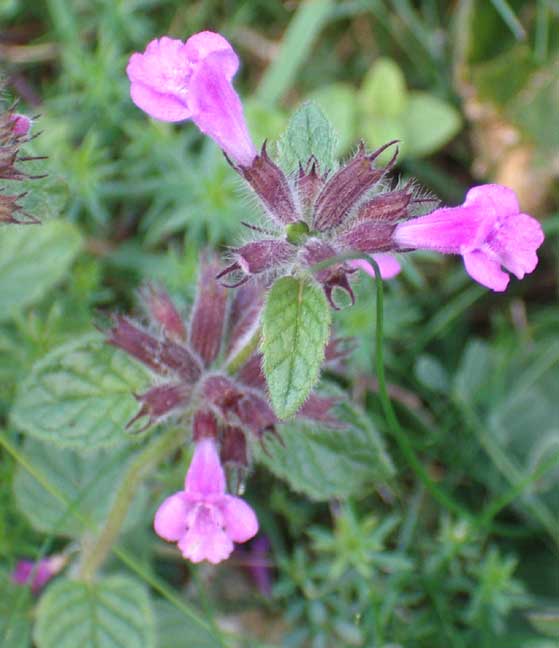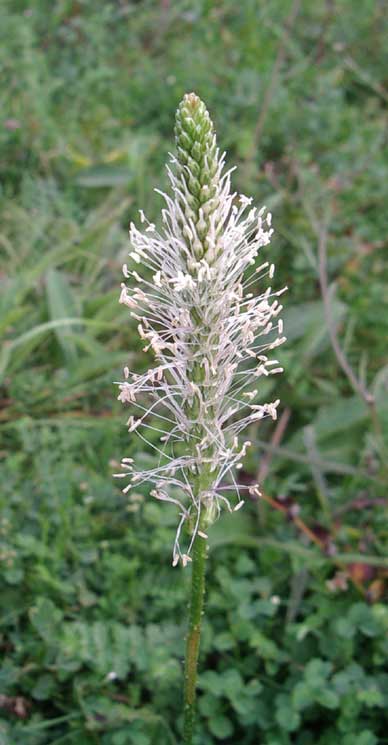 MILL
HILL: Vetch Trail (Lower
Slopes) : Shoreham Bank
MILL
HILL: Vetch Trail (Lower
Slopes) : Shoreham Bank MILL
HILL: Vetch Trail (Lower
Slopes) : Shoreham Bank
MILL
HILL: Vetch Trail (Lower
Slopes) : Shoreham Bank| 15
May 2005
The lower slopes were so dominated by the Horseshoe Vetch that other plants could be overlooked. Of particular note were a handful of Hound's Tongue, Cynoglossum officinale, (only the leaves have been recorded before) with most of the plants noted on the steep slopes just below the ridge. |
 |
 |
21
September 2004
These
two miniature flowers of two separate creeping plants appeared amongst
the herb layer on the lower slopes of
Mill
Hill:
 |
 |
|
|
Linum catharticum Confirmed by Rodney Burton |
in a Rabbit latrine ID suggestion by Carole Mortimer Confirmed by Rodney Burton & others on UK Botany Yahoo Group ID Messages |
The depth of field was limited by the poor light on an overcast day.The diameter of each flower was not measured but estimated to be less than 10 mm across. Neither of these small flowers were plentiful, and only one plant of each was spotted, although there could have been more.
16
September 2004
It
took until just after midday before I saw my first Small
Copper Butterfly of the year on a clump
of Devil's Bit Scabious
with at least three Meadow
Brown Butterflies, one Small
Heath, and two Common
Blue
Butterflies all at the same time, at the
northern end of the lower slopes of
Mill
Hill. A few Dog
Violets and at least one Dropwort
was in flower out of their normal spring season.
Adur
Violets
 |
 |
 |
Butterflies
numbered under a hundred in 25 minutes on the lower slopes including a
total of 25+ Meadow Browns,
15+
Small Heaths,
10+
Common Blues,
1+
Small
White, 1 Large White, 1 Small Copper
and one
Wall Brown
(near the Wayfaring Bush
by the path). One particularly worn blue butterfly, so worn it could not
be identified, although probably a Common
Blue, seemed to follow me wherever I went.
Adur
Butterfly List 2004
 |
 |
 |
|
|
|
A closer look at the leaves of Devil's Bit Scabious |
 |
It is widespread, but not abundant although very frequently found, in amongst the herbs |
 |
|
 |
 |
 |
|
|
is an early coloniser, in bare patches near Rabbit warrens and occasionally in bare patches on the lower slopes as well. ID by by Paul Kennett on UK Botany Yahoo Group not
the Great Mullein,
|
|
 |
 |
 |
|
|
Hoary Plantain ID by Ray Hamblett (Lancing Nature) |
Butterflies on the Carline Thistle Meadow Browns, Common Blueand Adonis Blue (?) |
 |
 |